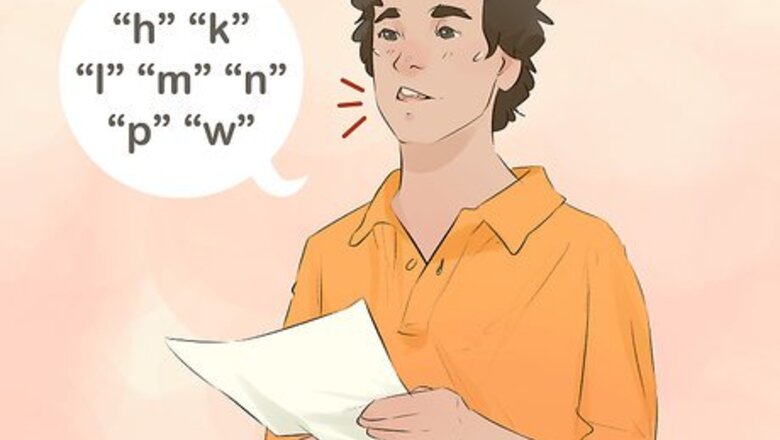
views
X
Research source
Pronouncing the Hawaiian Alphabet
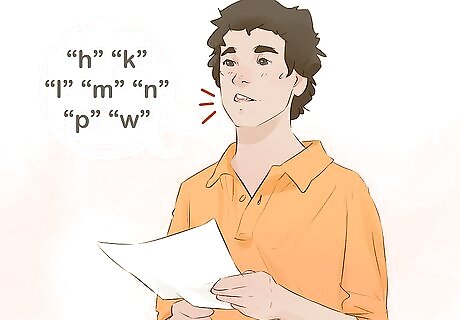
Say most consonants the same as you would in English. The Hawaiian alphabet has a total of 7 consonants, 6 of which are always pronounced exactly the same as they are in English. There are only 12 letters total in the Hawaiian alphabet, so if you can speak English you already know how to pronounce half of the Hawaiian letters. W is the exception. When it comes after an a, it can be pronounced either like an English v or like an English w (as in "Hawaii"). It is pronounced like an English v when it follows an i or an e, and like an English w after a u or o.
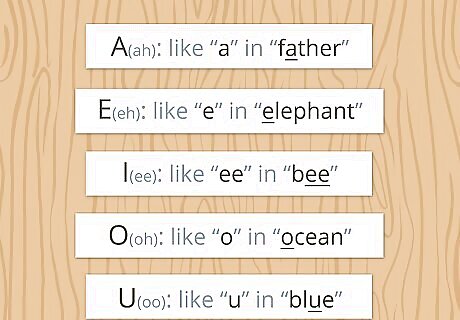
Practice the 5 Hawaiian vowels. The Hawaiian language has the same 5 vowels English does: a, e, i, o, and u. Unlike in English, each of these letters has only 1 sound. Long and short vowels do not make different sounds. A is an ah sound, like the a in the English word father. E is an eh sound, like the e in elephant. I is an ee sound, like the ee in bee. O is an oh sound, like the o in ocean. U is an oo sound, like the u in blue.
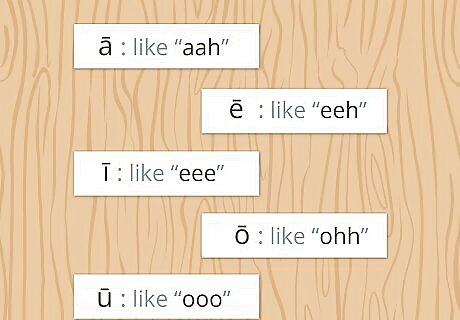
Draw out vowels with a macron ( ¯ ) over them. A macron (called a kahakō in Hawaiian) is used to indicate a long vowel. They have the same basic sound as the regular vowel, you just draw the sound out a bit longer. ā sounds like aah. ē sounds like eeh. ī sounds like eee. ō sounds like ohh. ū sounds like ooo. This can take some practice if you are a native English speaker, since how long you draw out a vowel makes no difference in how an English word is understood. However, ignoring the difference can lead to some serious miscommunications. For example, the word maka means face, while the word māka means target.
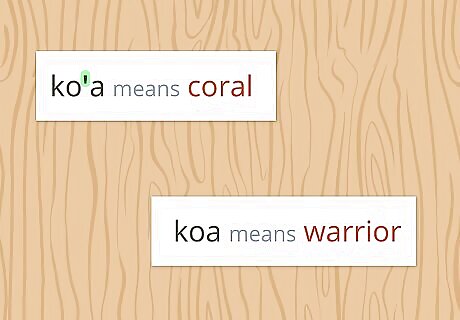
Pause when you see an 'okina. The 'okina is like an apostrophe between syllables in a Hawaiian word. The symbol indicates that you pause briefly before pronouncing the next syllable. You'll frequently see it between 2 identical letters, although it also appears in other contexts. The 'okina is technically a consonant. It always appears in front of a vowel. It is also never the last letter of a word. As with the kahakō, ignoring an 'okina can result in miscommunication. For example, if you omitted the pause when talking about the beautiful ko'a (coral), a Hawaiian would instead hear the word koa, which means "warrior."
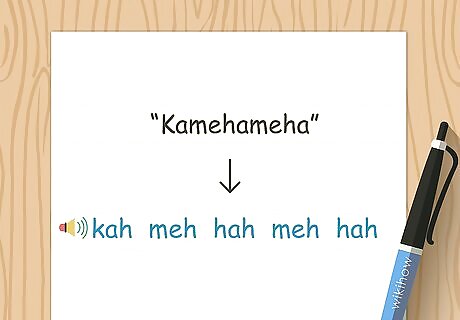
Pronounce every letter in Hawaiian words. The Hawaiian language doesn't have any silent letters. Once you get the hang of the Hawaiian alphabet, you can sound out even the longest and most intimidating Hawaiian words simply by breaking them down into syllables. For example, you may be familiar with the name of Hawaii's first king, Kamehameha. His name is pronounced kah meh hah meh hah, not kameamea, as you might have heard.
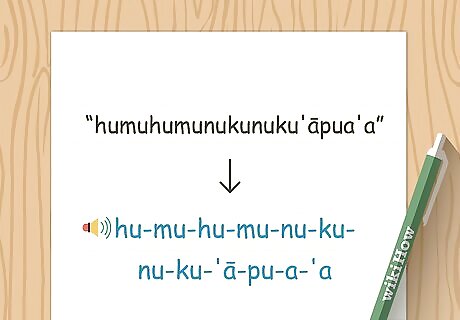
Break Hawaiian words into syllables. Hawaiian words often have a length that can seem intimidating if you aren't familiar with the language. Syllables in Hawaiian are only 1 or 2 letters long, and never end in a consonant. A single vowel can be a syllable, but a single consonant is never a syllable. For example, try this word: humuhumunukunuku'āpua'a (it's the word for the Hawaiian state fish). If you remember that the 'okina is a consonant, you can break it down easily into syllables like this: hu-mu-hu-mu-nu-ku-nu-ku-'ā-pu-a-'a. Pronounce the letters as you've already learned, and this seemingly intimidating word becomes relatively easy to say. The Hawaiian rules for syllables are also helpful with shorter words. For example, take the word honu (the Hawaiian word for "turtle). At first glance, you might pronounce it hone-oo. But recall that a Hawaiian syllable cannot end with a consonant, and can only be 1 or 2 letters. The correct pronunciation, therefore, is hoh-noo.
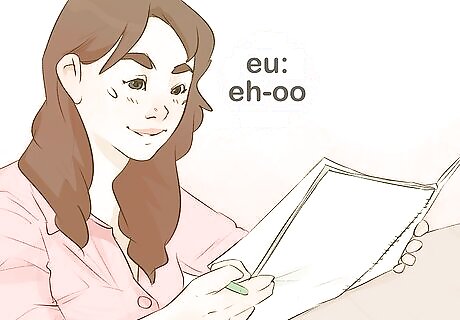
Distinguish sets of vowels in Hawaiian. You might see words with 2 vowels together that produce their own unique sound. Linguistically, these blended vowels are called diphthongs. Under the rules for syllables, 2 vowels would not exist in a single syllable. However, these specific vowel clusters are considered a single letter for the purposes of a syllable. ae is pronounced similar to the word eye. ai is pronounced similar to the i in ice. ao is pronounced similar to the ow in how. au is pronounced similar to the word ei is pronounced similar to the ei in the word eight. eu has no equivalent in English, but is the sounds eh-oo blended together in a single syllable. iu is pronounced similar to the ew in few. oi is pronounced similar to the oy in boy. ou is pronounced similar to the word owe. ui sounds like the ooey in gooey, except blended together into a single syllable.
Saying Common Words and Phrases
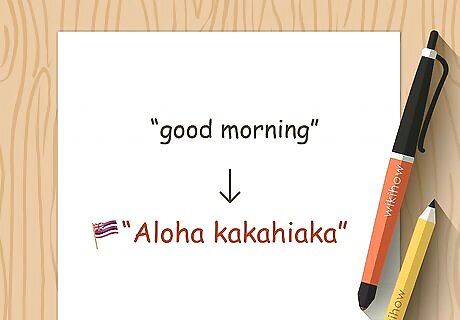
Use variations of the word aloha. You are likely familiar with aloha, a Hawaiian greeting that is also symbolic of the island lifestyle. By adding other words to aloha, you can greet people at different times of the day. Aloha kakahiaka means "good morning." Use it in the early morning hours, before 10:00 a.m. Aloha awakea roughly means "good noontime." Use it late morning and midday, between the hours of 10:00 a.m. and 2:00 p.m. Aloha 'auinalā means "good afternoon." Use it between the hours of 2:00 p.m. and 5:00 p.m. Aloha ahiahi means "good evening." Use this greeting after 5:00 p.m.
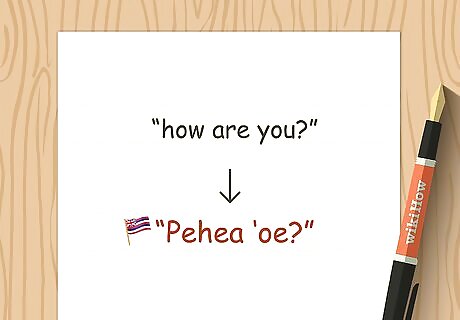
Follow up a greeting with "Pehea 'oe?" This question means "how are you?" It is commonly the next thing you'll say when speaking to someone, after aloha. If the other person asks you first, respond "maika'i au," which means "I am well." If the other person asks you first, you can also say "Maikaʻi, a ʻo ʻoe?" This means "good, and you?"
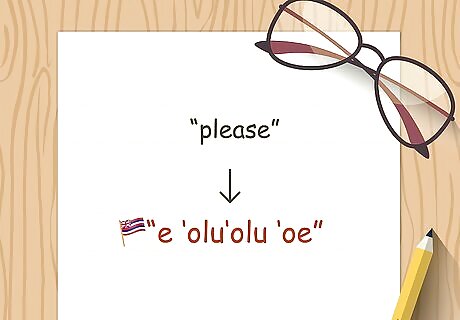
Use "e 'olu'olu 'oe" to say "please." While speaking in Hawaiian, make sure you're minding your manners by including this phrase whenever you ask someone for something. The phrase literally means "be nice, you." If you're saying "please" at the end of a sentence, add a k sound to say "ke 'olu'olu 'oe."
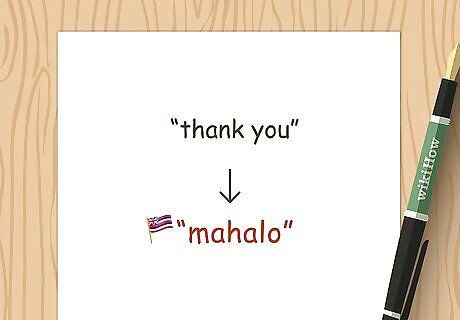
Thank people by saying mahalo. This is another word you may already be familiar with. While it is generally used to mean "thank you," its use is a bit broader than its English equivalent. For example, you can also use mahalo to mean congratulations. When using the word mahalo in an English sentence, use it the same way you would use the word "thanks." For example: "Mahalo for the fishing tips! You're welcome at our bonfire tonight!" You can also use "mahalo nui," which means "thank you very much." If you're extremely grateful, use the phrase "mahalo nui loa," which means "thank you so very much."
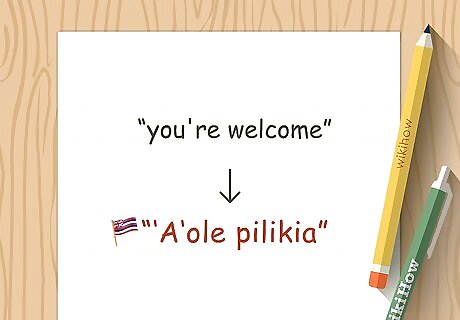
Say ʻAʻole pilikia to respond to mahalo. This phrase means "no problem," and is generally used to mean "you're welcome" (when said in response to "thank you"). You might also hear "'a'ohe pilikia," especially from older speakers. While the phrase "e komo mai," also means "you're welcome," it is never used in response to "thank you." This phrase is used to welcome someone into your home or another place. A literal translation would be "enter this way," so you might think of this phrase as similar to a host saying "right this way" as you enter a restaurant or other establishment.
Accessing Online Resources
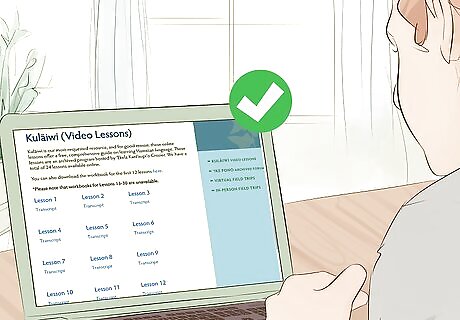
Take free Hawaiian language courses online. If you want to take a more structured approach to learning Hawaiian, a high school or college language course may work best for you. Several educational institutions in Hawaii offer free online courses. Go to http://ksdl.ksbe.edu/hawaiian_resources/kulaiwi to access free video lessons, workbooks, and other resources from the Kamehameha School District. You can also try http://www.olelo.hawaii.edu/, which is the website for the University of Hawaii – Hilo's College of Hawaiian Language.
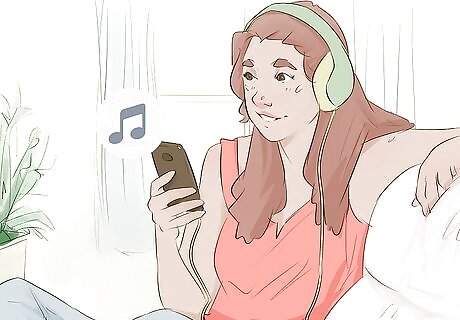
Listen to Hawaiian music. Search online or on your favorite music app for Hawaiian music that you can listen to while doing chores or commuting to work or school. There are also many Hawaiian radio stations that you can listen to online. Many of them may be primarily in English, but you will hear Hawaiian words and some music with Hawaiian lyrics. KPOA 93.5 is a Hawaiian radio station based in Maui that has a live stream at http://kpoa.com/. You can also watch videos and read articles about news and events in Maui. You can also stream from Hawaiian Music Radio at http://www.hawaiianrainbow.com/. Most of the music played on this internet radio station is in the Hawaiian language. This station doesn't stream directly from the website. You may have to download a free music player to listen.
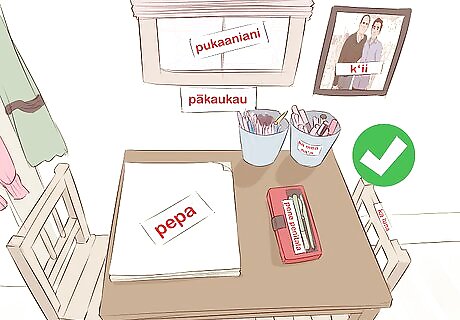
Label items around your home with their Hawaiian words. Use an online Hawaiin/English dictionary, such as the one found at http://wehewehe.org/, to learn the words for objects you frequently see and interact with around your home. You can write the Hawaiian word on a sticky note and stick it to the object. Start with larger, more basic objects, and move to more detailed things. For example, you might start in your fridge with major appliances, and then label food in your fridge and panty. Keep in mind that many of these words will be English loan words, so they may not be any different from what you already know. Leave labels for words that are different in Hawaiian than they are in English.
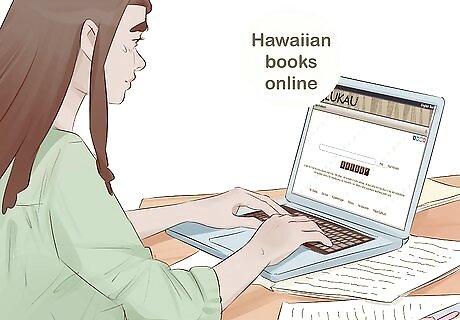
Read books in Hawaiian. Once you have a little basic grammar and vocabulary under your belt, expand your understanding of the language by reading books written in Hawaiian. Children's books in particular can be helpful, because they use simple grammar and a more limited, basic vocabulary. Ulukau (http://ulukau.org/) is an online electronic library with books, newspapers, and other resources written in Hawaiian.












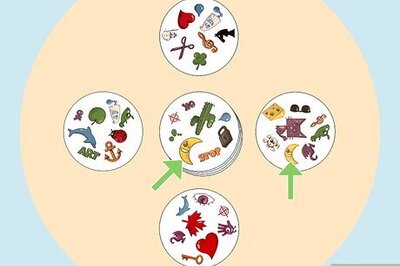

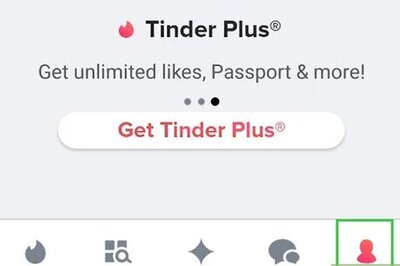
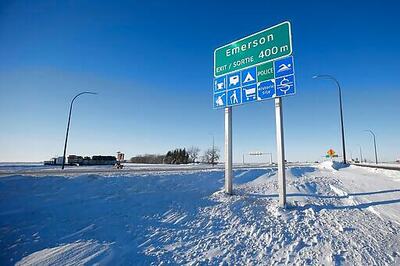
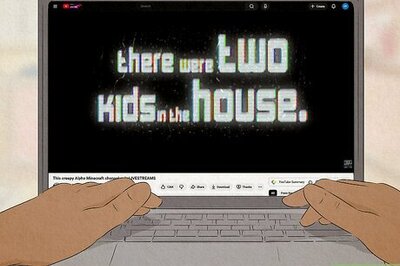
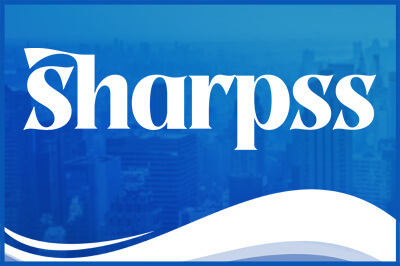


Comments
0 comment